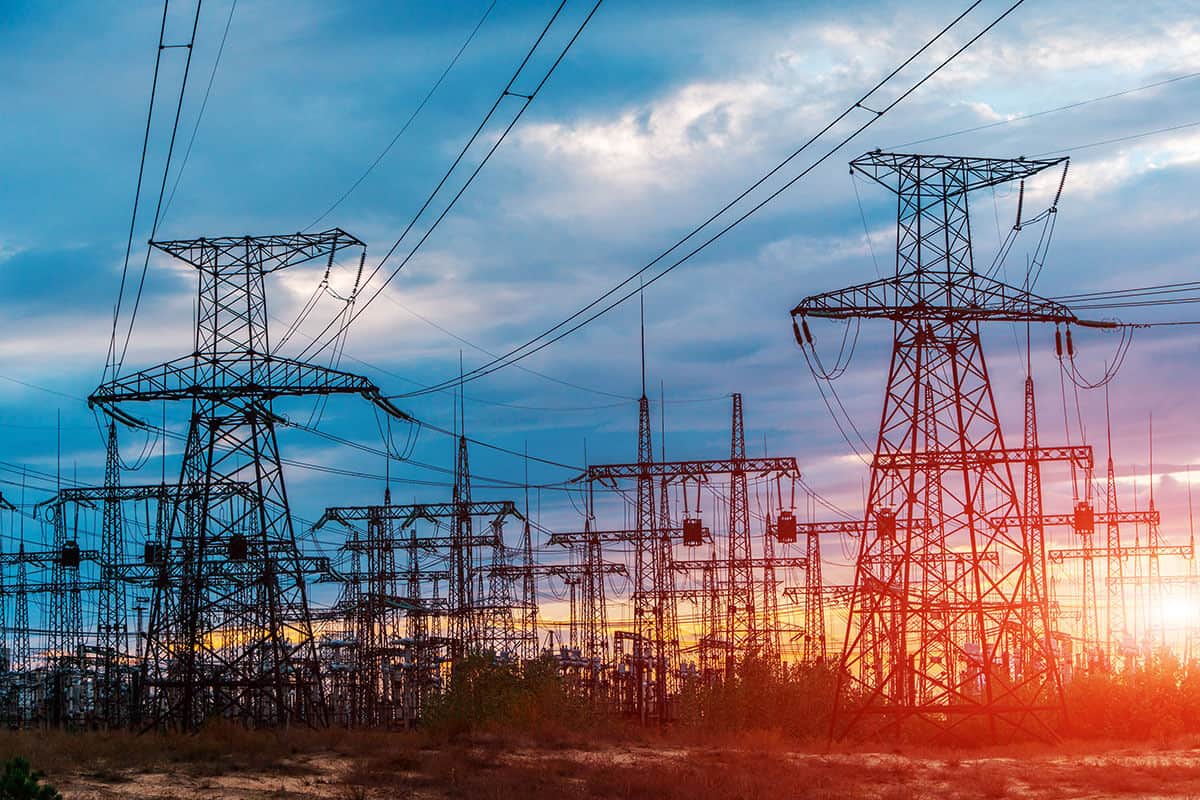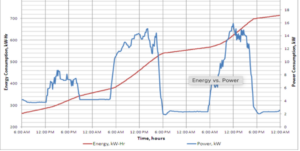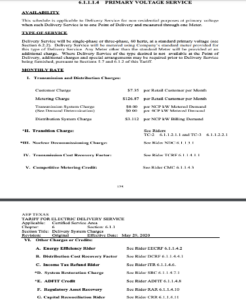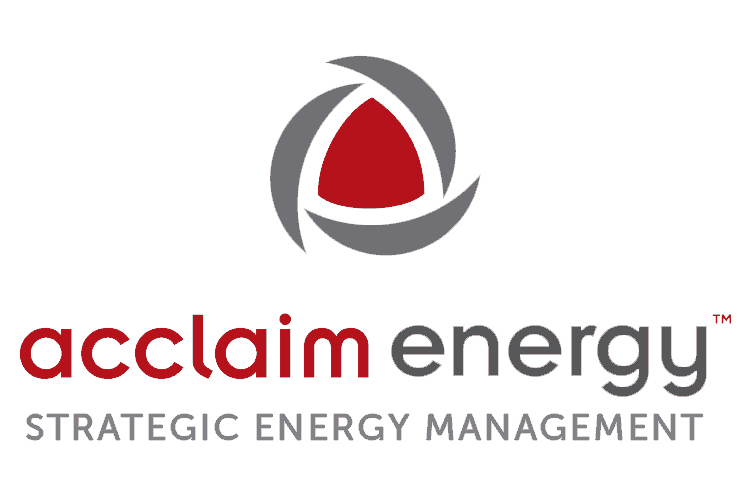Regulated Utility Delivery Charges and Ways to Reduce Them

Regulated delivery charges are often a sore topic among electricity consumers. While consumers can choose their retail electric provider (REP) in most areas of ERCOT, they are unable to choose their regulated delivery company with a few exceptions. Exceptions exist in small pockets where the territory may be classified as dual or even triple certified territory, where a consumer can choose between an investor owned regulated utility, a municipally owned utility or a cooperative utility, however these cases are few and far between. With respect to this discussion, we will focus on investor-owned utilities such as AEP Texas which serves areas of South and West Texas. CenterPoint which serves the Houston and surrounding areas, and Oncor which serves the DFW and surrounding areas. We will refer to them as Transmission and Distribution Service Providers (TDSP) for this discussion.
The primary components of TDSP charges are based on electricity consumption over time kilo-Watthour (kWh), the peak amount of power used at any given point in time kilo-Watt(kW) and lastly the efficiency of electricity consumption, which is called Power Factor(PF). For this discussion we will focus on kW(one thousand watts) and kWh(one thousand watt hours).
It is important to understand the differences in kW and kWh as they are key variables in your TDSP tariff monthly deliver cost calculation. While kWh is the total amount of electricity consumed by various end-use equipment, i.e. lights, A/C, refrigeration, motors, pumps, etc., kW or power on the other hand is determined based upon the highest use at any given point in time. For example, a facility may be establishing 100 kW at 9:00 A.M.. which may consist of a portion of a facilities lights, office equipment and A/C equipment operating at 25%, Refrigeration at 10%, etc. However, at 3:00 PM when all equipment is operating at 100% facility is registering 500 kW. The graph below over a 2 ½ days shows peak kW on day 1 of approximately 475 and peak kW of approximately 675 on day 3.

Now that we understand kW and kWh, we can dive into a typical utility tariff where these variables are important. Bear in mind these tariffs will vary based on the TDSP.
The tariff below is for a primary voltage meter. As you can see, the tariff has several billing components, however, the component that we will focus on is the Distribution System Charge underlined in red below. Why? Because this billing variable may be billed on what is called a ratchet demand.

Ratchet billing enables the utility to bill you based on 80% of the highest kW established in the preceding 11 months. For example, if I establish 1000 kW in August and a 500 kW in December, I am billed the actual 1000 kW for August, however for December I am billed 800 kW instead of the actual 500 kW that I established. This is the ratchet demand and translates to an additional $954 cost of pure ratchet demand for this billing variable
($3.18 per NCP( we need to describe NCP) x 300 ratcheted kW = $933) for that month alone. If this occurs every month it will be the same scenario and these costs add up quickly resulting in higher costs for TDSP charges. Below is the determination of billing demand for this variable from AEP’s tariff manual.

The ratcheting effect negatively impacts consumers every year. The only way to remedy this is to first understand your actual vs. billing kW demands for your accounts. Once this is known, investigate the cause of the phenomenon that may be creating high kW demand and unnecessary costs. Was it a motor that was overloaded for a very short period or HVAC system operating unnecessarily. Sometimes the issue is easy to identify when proper data analysis occurs which could result in thousands of dollars in avoided TDSP costs.
Acclaim Energy specializes in assisting organizations, helping cities, schools, hospital, manufacturing entities and other businesses optimize their energy portfolio, mitigate risks, and capture the best prices. For more information contact us at 713-524-0250 or you can visit our website at acclaimenergy.com.



